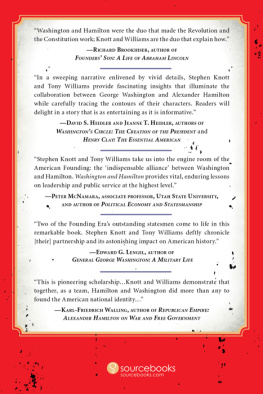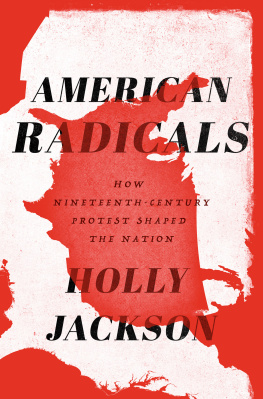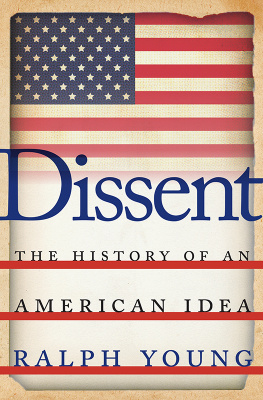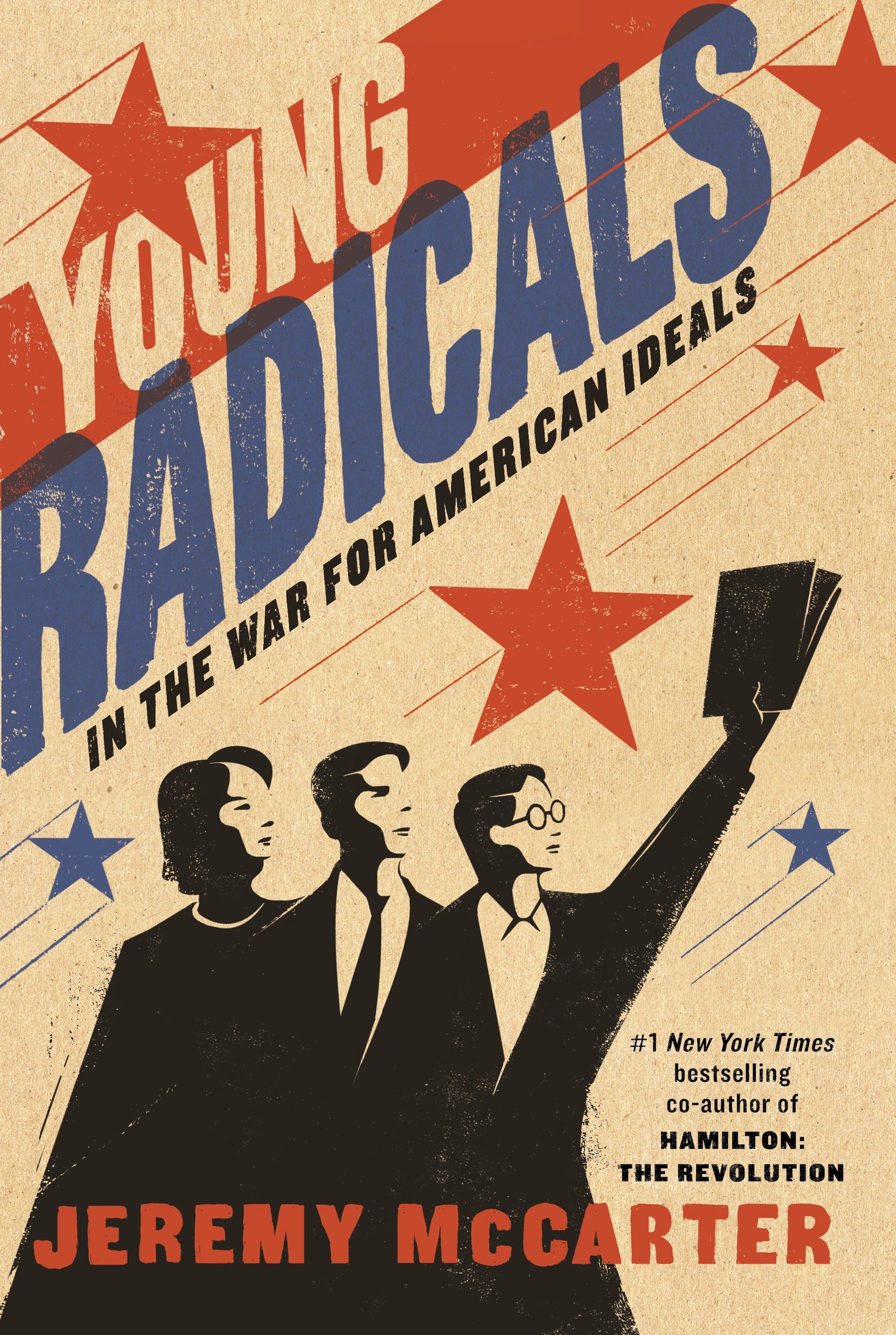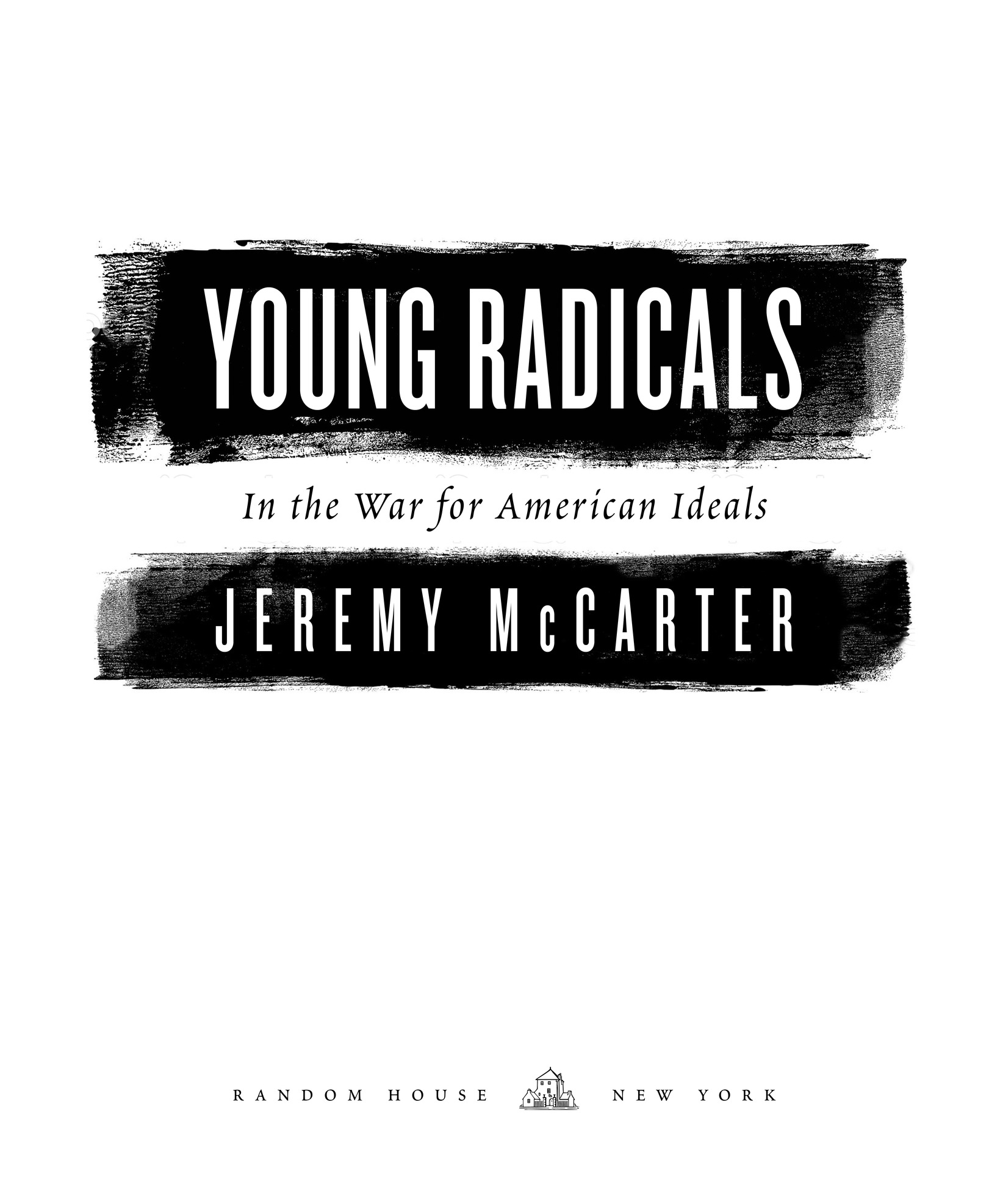Copyright 2017 by Jeremy McCarter
All rights reserved.
Published in the United States by Random House, an imprint and division of Penguin Random House LLC, New York.
R ANDOM H OUSE and the H OUSE colophon are registered trademarks of Penguin Random House LLC.
LIBRARY OF CONGRESS CATALOGING-IN-PUBLICATION DATA
N AMES: McCarter, Jeremy, author.
T ITLE: Young radicals : in the war for American ideals / Jeremy McCarter.
D ESCRIPTION: New York : Random House, 2017. | Includes bibliographical references and index.
I DENTIFIERS: LCCN 2016055051| ISBN 9780812993059 (hardback : acid-free paper) | ISBN 9780679644545 (ebook)
S UBJECTS: LCSH: RadicalsUnited StatesBiography. | Political activistsUnited StatesBiography. | Bourne, Randolph Silliman, 18861918. | Eastman, Max, 18831969. | Lippmann, Walter, 18891974. | Paul, Alice, 18851977. | Reed, John, 18871920. | Idealism, AmericanHistory20th century. | World War, 19141918Social aspectsUnited States. | United StatesPolitics and government19011953. | BISAC: HISTORY / Modern / 20th Century. | BIOGRAPHY & AUTOBIOGRAPHY / Cultural Heritage.
C LASSIFICATION: LCC HN90.R3 M22 2017 | DDC 322.4/20973dc23 LC record available at https://lccn.loc.gov/2016055051
Ebook ISBN9780679644545
randomhousebooks.com
Book design by Liz Cosgrove, adapted for ebook
Cover design and illustration: Edel Rodriguez
v4.1_r1
ep
Contents
We must march, my darlings, we must bear the brunt of danger,
We, the youthful sinewy races, all the rest on us depend
WALT WHITMAN
Introduction
T his is a story about hope and what comes after hope, and despair and what comes after despair.
Its about what happens when the world, which had seemed to be spinning rapidly in the direction of peace and social progress, falls to pieces. Its about reaching out to grasp the new America that seems to be drawing nearfreer, more equal, more welcomingand having America try to break your hand.
Maybe you know the feeling.
For six years, I tried to imagine how it felt to live through the 1910s, when Americans saw their faith in progress and their hope for their country surge as they have rarely surged before or since, only to see many of their dreams broken by the violence and repression that accompanied American entry into World War I. Lately I find it easier to make that imaginative leap. In fact, as I type this in late January 2017, in the bewildering early days of a new presidential administration, its no leap at all.
The dislocation of World War I isnt what drew me to this subject: It was the dreamers who found themselves dislocated. In Greenwich Village, just before the war, a lively, funny, kaleidoscopic bohemia thrived. Mainly young and mostly broke, artists and writers and activists incubated all sorts of rebellions. They helped to shape the rise of modernism in painting and poetry and theater, socialism in politics, and a dazzling array of social advancesin womens rights, in means of expression, in the final sweeping away of Victorian strictures. They gave vivid expression to a spirit that young Americans across the country could feel in those yearsnot merely a sense of motion, because society is always moving, but acceleration. Encountering their stories during college, I was struck by how much more vibrant their hopes for America seemed than anything I was hearing amid the cool technocratic triumphalism of modern liberalism. Those rebels expected life to be as vivid as the fauvist colors they wore.
In 1917, when Woodrow Wilson sent the country to fight Germany, the vibrant prewar atmosphere vanished more quickly than anyone had thought possible. Americas first taste of foreign war on such a scale was enough to drive it mad. Yet the young radicalssome of them, anyway, the bravest of thempersisted. They didnt surrender their hopes. They didnt retreat to a college quad. The country grew more dangerous, but they kept striving to bend reality in the direction of their ideals. Why?
That was the large and tantalizing question that impelled me to start writing this book in the winter of 2011. And it kept me writing for nearly six years, because it presented so many other tantalizing questions. Where do idealists come by their galvanizing visions of a better world? Why do they give up health, safety, comfort, status to see those visions made real? How do they reckon with failureor, more rarely, with success? The pattern recurs throughout our history, but rarely in so compact a form as the World War I years. Life changed so much and so quickly, in ways good and bad, that idealists traveled the entire arc of inspiration, struggle, hope, despair, and final reckoning not over the course of a long lifetime, but in eight or nine frenetic years.
Many formidable studies of that era exist. They systematize, they contextualize, they explain. They are what drew me to the subject in the first place. But this book about ideals and the people who fight for them has a different aim. For while ideals are vast abstractions, they are also as personal as a handprint. I want to express myself, and you want to express yourself, but we dont mean the same thing by free expression. If we both struggle on its behalf, we will do so for our own personal reasons, and we will pay for it in different ways. The only way to understand ideals and the people who fight for them is to watch the story on the individual scale, where you can register personal desires, personal choices, and personal consequences. The story has to be told in close-up, not panorama.
Yet no single close-up, however detailed, can capture the vitality of that era. No individual could experience all or even most of its commotion. The right number of protagonists in this storyor, to put it more clinically, the proper sample size for this experiment framed up in the laboratory of historylies someplace between one and many. But where?
While puzzling over this question, I had the same experience that so many Americans did in the early twentieth century: I found enlightenment in William James. The great philosopher, from his perch in Cambridge, did more than anyone else to shape the intellectual climate of that era: its delight in variety, its enthusiasm for change, its conviction that the only idealists worth admiring are those who strive to realize their ideals in the world. James believed that in the absence of a single divine Truth to guide us, we navigate our way through life pragmatically. We pick out patterns, we try to impose order on multitudinous facts, we experiment. He illustrated his point with a metaphor from astronomy: We carve out groups of stars in the heavens, and call them constellations.
This book, then, is the story of a constellation. It describes the exploits of five young radicals whose ideals led them to travel a similar trajectory across the sky of their era. Why five, instead of four or six? I can only cite a master who preceded me, who selected his subjects not according to a formal plan, but by simple motives of convenience and of art. I picked them because they evoke whats distinctive about their era and what resonates in ours. I thought the choices that each of them made would shed light on the choices of the others. I thought they would be good company.





